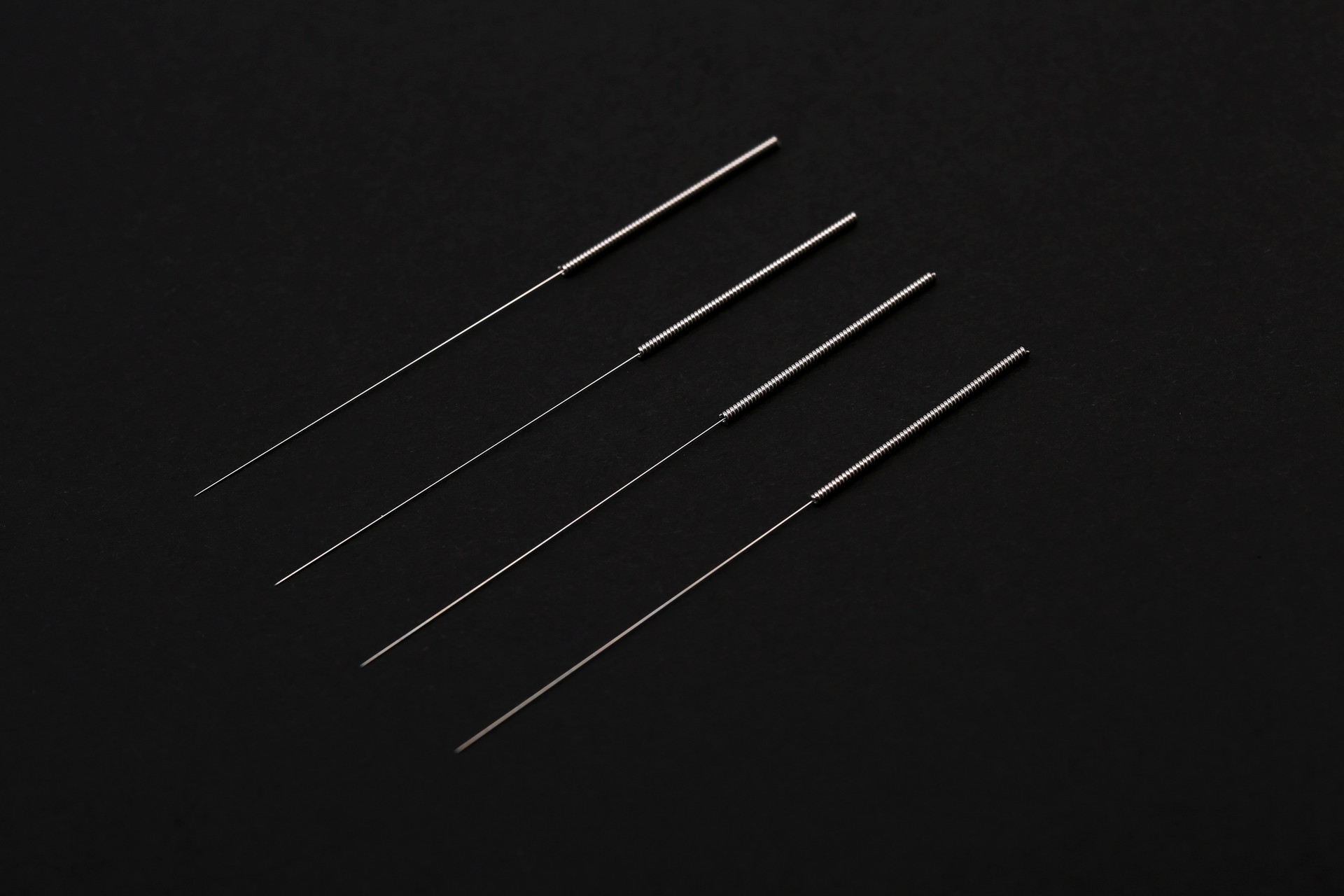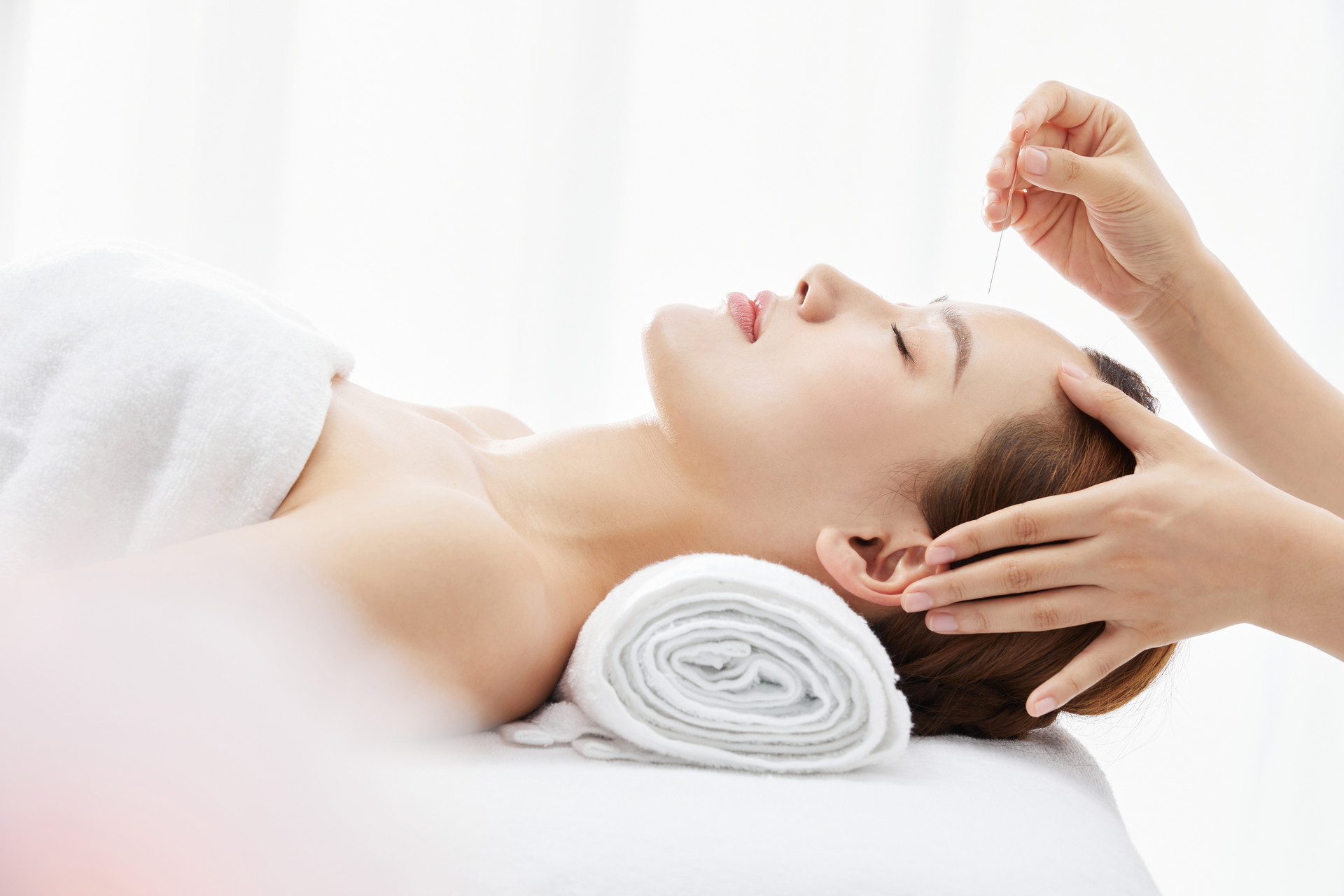One, Prohibitions of Acupoint Embedding
Acupoint embedding, also known as subcutaneous needle embedding, refers to a treatment method in which a specially designed needle or fine needle is placed in a specific area of an acupoint and left in place for a certain period of time. The following precautions should be taken when applying this method.
(1) The subcutaneous needle should be sterilized under high pressure and soaked in 75% alcohol for storage. Before use, it should be taken out with a sterilization forceps. Pay attention to strict disinfection of the local skin where the needle is embedded.
(2) When selecting the acupoint for embedding, choose a fixed position that does not hinder limb movement.
(3) If the patient feels pain or experiences hindrance in limb movement after embedding the needle, the needle should be removed and re-embedded.
(4) The duration of needle embedding depends on factors such as the patient's condition, climate, and constitution. Generally, it can be embedded for 3-5 days, and in winter it can be extended to about a week. In hot weather during summer, when there is excessive sweating, the embedding time should be shorter to prevent infection.
(5) It is generally not advisable to embed needles in joint areas and the chest and abdomen.
(6) Before embedding the needle, the needle should be carefully inspected to avoid needle breakage accidents.
Two, Prohibitions of Acupoint Cutting Treatment
Acupoint cutting treatment, also known as cutting treatment or liposuction therapy, refers to a treatment method in which a small amount of subcutaneous fat is removed by cutting the skin at certain acupoints or specific areas of the patient's body in order to promote the body's ability to fight diseases and improve its functions. The following precautions should be taken when applying this method.
(1) It is not suitable to perform cutting treatment on patients with bleeding disorders, severe heart disease, critically ill patients, patients with persistent fever, or patients with local edema or infection.
(2) For elderly, weak, women, and children, the stimulation during cutting treatment should be gentle to prevent fainting. If fainting occurs, the operation should be stopped and appropriate measures should be taken.
(3) Anesthesia should not be injected excessively or too deeply to avoid affecting the effectiveness of the cutting treatment.
(4) The cutting should not be too deep to prevent injury to deep blood vessels, nerves, or ligaments.
(5) After the surgery, there may be different degrees of reactions such as general discomfort, joint soreness, and decreased appetite. Generally, these reactions occur within 3 days after the surgery and last for 1-2 days. The foot cutting treatment reaction often occurs within two weeks after the surgery, but it can also occur within half a month to a month, with a duration of 1-6 days. These reactions usually disappear on their own within a few days, but if severe, symptomatic treatment can be given.
(6) Strict aseptic operation should be followed, and the incision should not be exposed to water within 5-7 days after the surgery to prevent infection.
(7) After the surgery, rest for a few days is necessary, and attention should be paid to diet, temperature, etc.
Three, Prohibitions of Acupoint Implantation Therapy
Acupoint implantation therapy, also known as embedding therapy or buried thread therapy, is a method of acupoint stimulation by implanting catgut sutures (a few cases use silk thread, stainless steel products, or drugs) into acupoints to prolong the effect on acupoints and achieve the purpose of preventing and treating diseases. This method emerged in the late 1960s and has been confirmed to have good therapeutic effects on certain chronic and refractory diseases through extensive clinical observations. The following precautions should be taken when applying this method.
(1) After acupoint implantation, the body may have certain reactions, and it is important to differentiate between normal and abnormal reactions.
1. Normal reactions
Local reactions: Due to the stimulation and damage caused by the catgut suture (heterologous protein), aseptic inflammation reactions such as redness, swelling, pain, and heat may occur locally within 1-5 days. In some cases, the reaction is more severe, and the catgut suture stimulates the fat, causing a small amount of milky white exudate, which is considered normal and generally does not require treatment. If there is a large amount of exudate protruding from the skin surface, the milky white fluid can be squeezed out, wiped with a 75% alcohol cotton ball, and covered with a sterilized gauze. After the procedure, the local temperature of the affected limb may also rise and last for 3-7 days. Generally, patients with the above-mentioned reactions have better therapeutic effects, while those without these reactions have poorer effects.
Systemic reactions: A small number of patients may have a fever within 4-24 hours after treatment, generally around 38℃ (individual patients may have a fever of 39-40℃), lasting for 2-4 days, gradually returning to normal. After treatment, there is generally an increase in white blood cell count and varying degrees of increase in neutrophils.
| 1 2 3 > >> >>|










